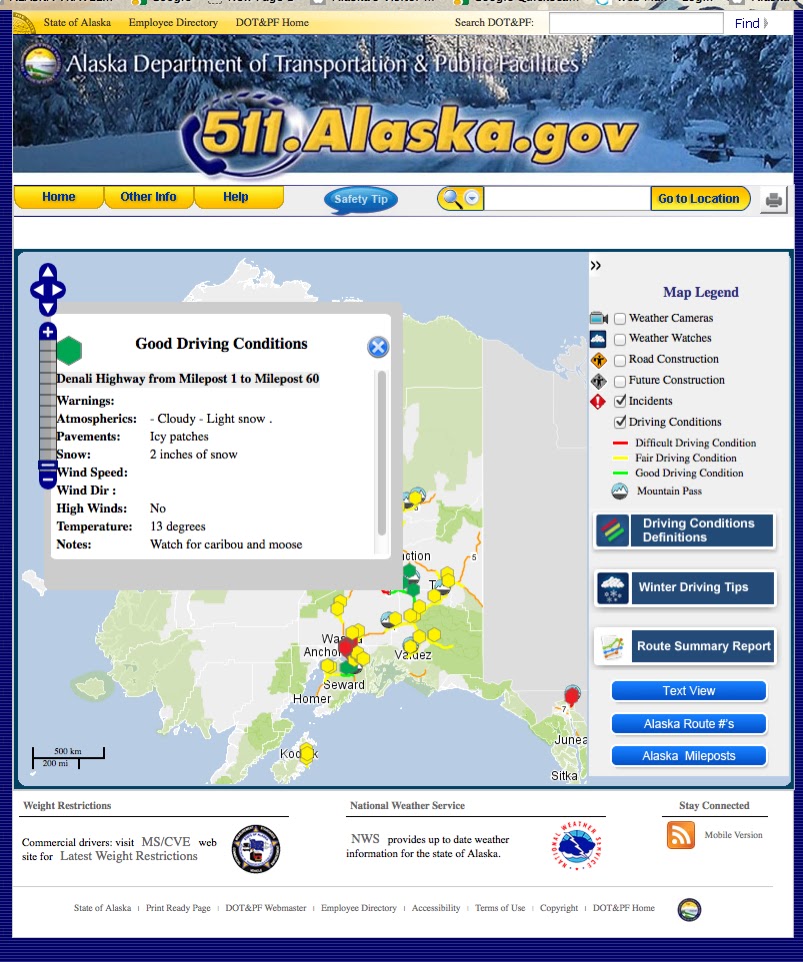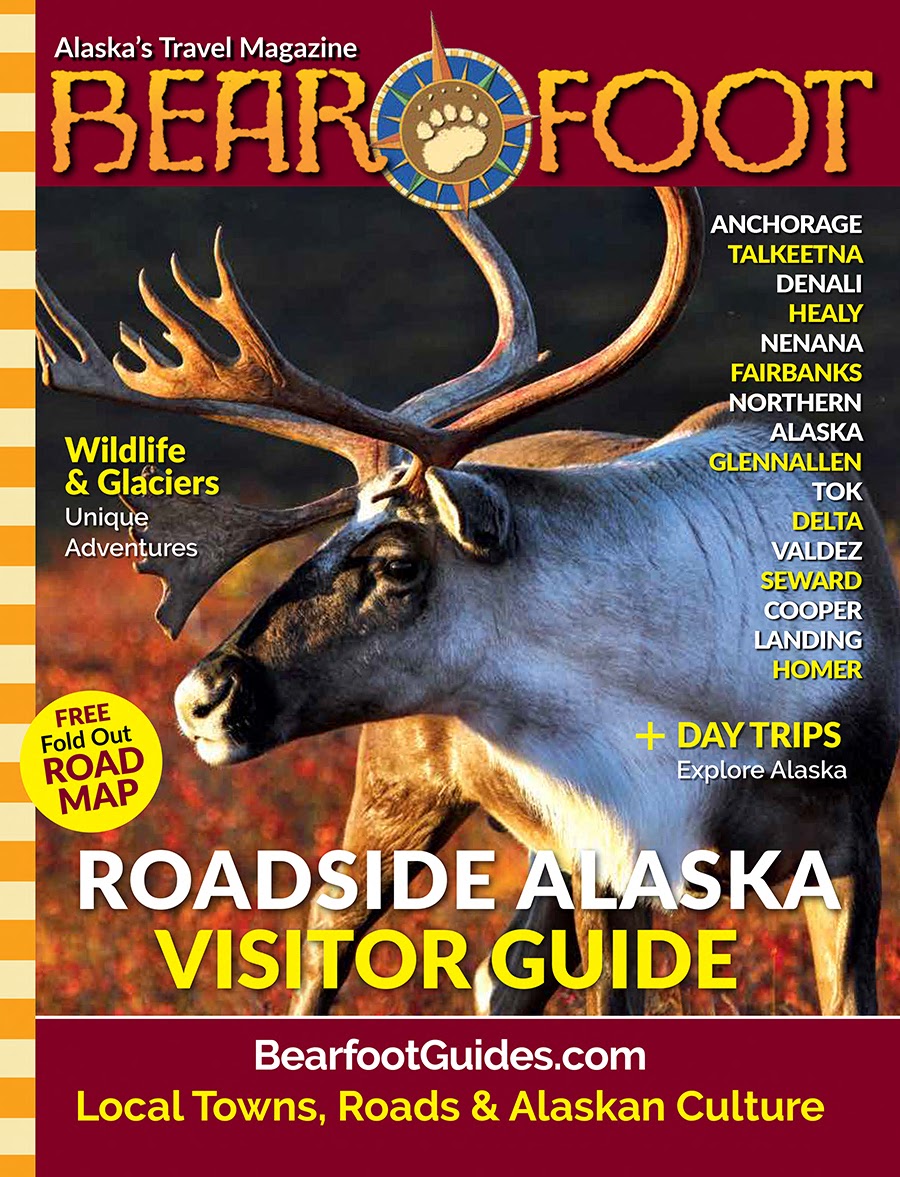The Journal Interview: Sarah Coburn, State Veterinarian, Talks About Bird Flu In Alaska
The Country Journal Interview Bird Flu In Alaska With Sarah Coburn, DVM, MS State Veterinarian State of Alaska Department of Environmenta...
The Country Journal Interview
With Sarah Coburn, DVM, MS
State Veterinarian
State of Alaska
Department of Environmental Conservation
Bird Flu Is A Growing Issue – And The Underlying Reason Behind Higher Egg Costs – As Well As Public Safety
We Interviewed Alaska's State Veterinarian To Find Out More
February 20, 2025
Journal: Is there bird flu in Alaska?
Answer: Yes, we started seeing cases in wild birds and domestic birds in 2022. Six domestic flocks were confirmed to have highly pathogenic avian influenza (HPAI) in 2022; 3 flocks in 2023; and 2 flocks in 2024. Over 30 different species of wild birds in Alaska were confirmed to have HPAI since 2022. Those were wild birds with clinical signs (neurologic sign like circling, head tilt, or seizures). The domestic flocks were tested and diagnosed because of high mortality in their flocks.
Journal: How is it being transmitted?
Answer: Avian influenza viruses are carried and maintained primarily in wild water fowl. Highly pathogenic avian influenza H5N1 is the cause of the current outbreak. It is a strain that the waterfowl can have but won’t necessarily be sick from it. As they migrate they transport the virus to new areas. Feces from infected birds has a very high viral load. Once the virus is in a poultry flock, it can be transmitted through feces or respiratory secretions. All of the poultry cases in Alaska resulted from direct contact with migrating mallards. In some cases the wild birds came into the chicken or duck pen and were eating out of the same feed dishes or swimming in a shared pond.
Journal: How do you know if you, your chickens, or any other creature actually has bird flu?
Answer: Clinical signs in poultry can be sudden death; stumbling or difficulty walking; blue discoloration of comb or wattles, swollen comb, wattles, legs, or head; nasal discharge, sneezing, coughing. Especially if there has been contact with wild waterfowl or there is a pond nearby, and there is mortality in the flock, that would be a concern for HPAI.
Journal: Is it dangerous to chickens, animals or people? How dangerous?
Answer: HPAI is very dangerous to chickens. If turkeys or chickens are infected, up to 100% of the birds will die. Other animals and people can also get it, but much less commonly. In Alaska HPAI has been confirmed in a few red foxes, a black bear, a brown bear, 2 polar bears, and an ermine. In the lower 48, many other mammal species have also gotten it. Most of those cases are thought to be from consuming sick and dead birds. The virus does not transmit easily between mammals, so these have been dead end hosts. Many of these animals may have had other factors that contributed to them getting sick with HPAI. One fox, for example, also had rabies.
Journal: What can somebody do if they think they are exposed to bird flu?
Answer: Anytime someone has sick or dead birds, they should use some precautions. Wash hands, boots, and clothing well after handling the birds. Use gloves. Don’t consume meat or eggs from sick birds. Dispose of the dead birds in a way that it cannot be accessed or eaten by other animals. If they are concerned, contact private veterinarian or state veterinarian. We are available to do necropsies of poultry at our office. For all of the cases that have been reported in domestic poultry, we have put the owners in contact with the Department of Health. They have resources about what signs and symptoms to look for. Certainly owners can always contact their own doctor if they have concerns.
Journal: Robert Gerlach (the former state head veterinarian) told me, about two weeks before he left, that he was interested in talking with people who see dead birds in the wild. Is that still something you’re looking at?
Answer: We are partnering with US Fish and Wildlife Service to test sick or dead wild birds. We tested pretty extensively in 2022. We had many fewer cases in 2023 and 2024. At this time they are being more selective about which birds they will test. If it is an unusual situation or species, or if in a place where people or animals were in close contact, they will test. People can still call them about sick or dead wild birds.
------------
We expect more to this story in the next few days from the Veterinarian's office.












